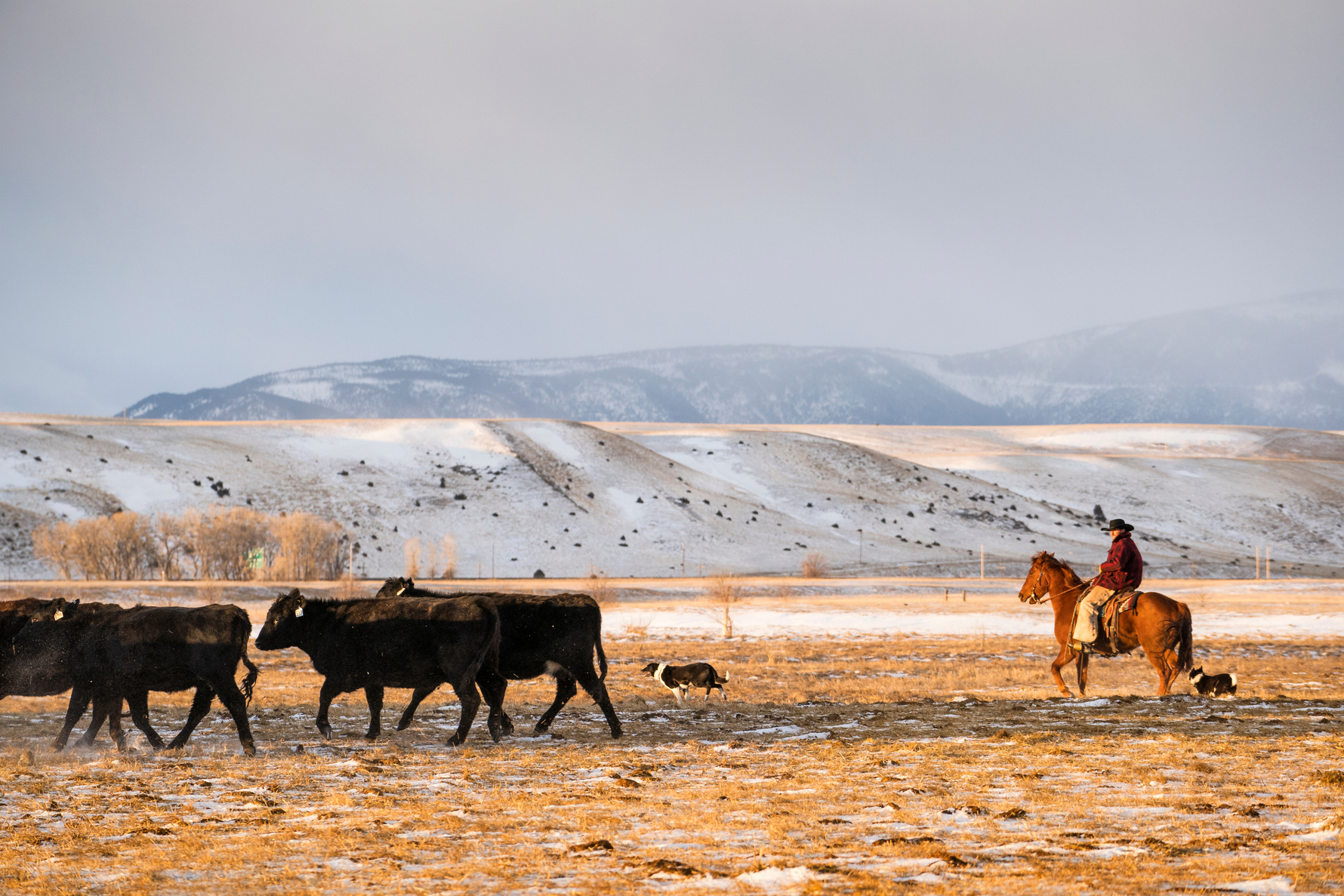
Enhancing Security with Remote Camera Monitoring
In today's world, security is a top priority. Whether it's for your home or business, you want to ensure safety.
Remote camera monitoring is a powerful tool in this endeavor. It allows you to keep an eye on your property, even when you're not physically present.
This technology has evolved significantly over the years. Today, it offers high-definition video, night vision capabilities, and smart features like motion detection.
But how does it work? And how can it enhance your security measures?
In this article, we'll delve into the world of remote camera monitoring. We'll explore its benefits, applications, and how to choose the right system for your needs.
Join us as we uncover how this technology can provide peace of mind and enhance security in various settings.
Understanding Remote Camera Monitoring
Remote camera monitoring is a crucial element in modern security systems. It uses internet or cellular connectivity to transmit video footage. This allows users to view live or recorded footage remotely from virtually anywhere.
This system typically comprises several components. The main elements include cameras, storage devices, and a user interface to manage and view footage. Users can access this interface via smartphones, tablets, or computers.
One of the key benefits of remote camera monitoring is flexibility. Users aren't confined to one location and can check in on their property at any time. This is particularly valuable for frequent travelers or business owners managing multiple sites.
For both residential and commercial use, remote camera monitoring provides an effective deterrent against crime. Its mere presence can ward off potential intruders, promoting peace of mind.
The Evolution of Remote Camera Technology
Remote camera technology has come a long way. Initially, these systems were complex and expensive. Early models required dedicated lines for video transmission.
Over time, advancements in technology have simplified these systems. With the advent of IP and cellular cameras, transmitting footage over the internet and through cellular networks became possible. This advancement made remote surveillance more accessible and affordable.
Today, the evolution continues with smart features. Modern remote cameras offer high-definition video, night vision, and motion detection. These features enhance surveillance, ensuring clearer images and better coverage, even in low-light conditions.
How Remote Camera Monitoring Works
The operation of remote camera monitoring is straightforward. Cameras capture picture or video footage and transmit it over the internet or cellular network. This transmission can be viewed in real-time or recorded for later access.
Users can connect to this system through apps or web portals. These platforms offer control over camera angles, settings, and playback functions. They transform any device into a personal monitoring station.
The system also includes storage for video recordings. This can be on-site, using physical hard drives and/or SD cards, or off-site using cloud storage. Cloud solutions are popular as they provide secure, scalable storage options.
Thus, remote camera monitoring offers flexibility in accessing and managing surveillance footage. It provides robust security options by ensuring easy access to crucial visual information.
Types of Remote Security Cameras
There are various types of remote security cameras available today. They cater to different needs and environments. Understanding these types helps in selecting the right system for any setup.
Indoor vs. Outdoor Cameras
Indoor cameras are designed for inside use. They often have sleek designs to blend with home interiors. Outdoor cameras, however, are weather-resistant and robust to withstand environmental conditions.
Wired vs. Wireless Options
Wired cameras connect directly to a power source and a network. They offer stable connections but can be challenging to install. Wireless cameras, on the other hand, offer more flexibility and easier installation, relying on Wi-Fi/cellular service and battery power.
Specialty Cameras
Specialty cameras like pan-tilt-zoom (PTZ) models allow users to control camera movement remotely. There are also dome cameras, which provide a wide field of view and are harder to tamper with. Bullet cameras, typically wall-mounted, are known for their long-range capabilities.
Choosing the Right Camera
Before making a decision, consider these camera types along with specific features. Each type has advantages depending on the environment and security needs.
Key Features to Look For
When selecting a remote security camera, key features can make a significant difference. It's important to prioritize those that enhance functionality and efficiency.
One vital feature is image quality. Opt for cameras with at least high-definition (HD) resolution for clear video footage. This clarity is crucial for recognizing faces and details in evidence collection.
Another feature is night vision capability. Cameras equipped with infrared LEDs or other technologies provide visibility in low light. This feature ensures security doesn't get compromised during nighttime.
Additionally, consider motion detection features. Cameras with this ability alert users to activity instantly. They can trigger recordings and notifications, allowing prompt responses to potential security threats.
Barn Owl cameras are designed with high-definition resolution as a standard, guaranteeing crisp and clear footage. Additionally, every Barn Owl model features advanced night vision technology, ensuring reliable surveillance even in the darkest conditions. Barn Owl also integrates AI-powered motion detection in their cameras, providing instant alerts and minimizing false positives.

Benefits of Remote Surveillance Cameras
Remote surveillance cameras offer numerous advantages. These benefits extend across personal, commercial, and public spaces, ensuring enhanced security and peace of mind.
Firstly, they provide real-time monitoring. Users can access camera feeds from anywhere using smartphones or computers. This accessibility is crucial for timely interventions during suspicious activities.
Secondly, remote cameras improve resource management. They reduce the need for constant human surveillance. This efficiency allows businesses to allocate resources better and focus on critical operations.
Remote cameras also enhance operational transparency. By recording activities, they provide a clear timeline of events. This transparency boosts accountability and helps in administrative decision-making.
Another key benefit is cost savings. Long-term, these systems are more economical than employing additional security personnel. Maintenance and operational costs are relatively low compared to the advantages they offer.
Additionally, they enhance safety and community well-being. Visible cameras deter antisocial behavior and crime. They instill a sense of safety in communities, schools, and workplaces.
A quick summary of their core benefits includes:
-
Real-time monitoring access
-
Better resource allocation
-
Improved operational transparency
-
Cost-effective long-term solution
-
Enhanced safety and community well-being
Deterrence of Criminal Activity
Visible remote surveillance cameras can act as a strong deterrent against criminal activity. Their presence alone can discourage potential criminals from acting unlawfully. This deterrence is because criminals prefer unmonitored areas to avoid detection.
Furthermore, cameras can reduce opportunistic crimes such as theft and vandalism. When individuals are aware they're being watched, they're less likely to engage in illegal activities. This proactive approach fosters a safer environment both in residential and commercial spaces.
Evidence Collection and Legal Compliance
Remote cameras play a crucial role in collecting evidence. High-quality footage can be instrumental in legal proceedings and insurance claims. It provides clear visuals of incidents, making it easier to verify facts.
Moreover, these systems aid legal compliance. Many regulations require businesses to have surveillance for liability purposes. Remote cameras fulfill these requirements, ensuring businesses adhere to local laws and standards while maintaining security.
Industry Applications of Remote Camera Monitoring
Remote camera monitoring is transforming industries by providing versatile security solutions. In retail, businesses use cameras to monitor customer behavior and prevent theft. This approach enhances the shopping experience and reduces losses.
In the manufacturing sector, remote cameras ensure safety and improve operational efficiency. By monitoring production lines, managers can spot issues quickly, reducing downtime and maintaining quality standards. Cameras also help ensure compliance with safety regulations.
For logistics and transportation, cameras track the movement of goods in real-time. This tracking minimizes risks and improves the management of inventories. Remote monitoring can verify deliveries, enhancing accountability and customer satisfaction.
In education, institutions deploy cameras to safeguard students and staff. They help monitor access, ensuring that the campus remains secure. Beyond security, cameras can also monitor classrooms for improving teaching effectiveness and facilities management.
Overall, remote camera monitoring's adaptability makes it a vital tool across numerous sectors. Each application leverages the technology for specific benefits, ultimately promoting safety, efficiency, and innovation.
Accessing Your Cameras Remotely
Remote camera monitoring revolutionizes how we access security footage. With internet and cellular connectivity, users can view cameras from anywhere in the world. This accessibility is a game-changer for both individuals and businesses.
Smartphones and computers act as remote control centers. Users can log into dedicated apps or platforms to manage their cameras. This functionality includes live streaming and reviewing recorded clips, ensuring constant surveillance.
Moreover, this accessibility empowers users to respond swiftly to alerts. Whether checking in on a property while on vacation or ensuring a business is secure after hours, remote access provides peace of mind. This level of control makes remote camera systems indispensable in today's fast-paced world.
Live and Recorded Footage on the Go
Remote surveillance cameras offer both live and recorded footage access. Users can watch real-time events as they unfold or delve into past recordings. This dual capability enhances the comprehensiveness of security measures.
Notifications augment this functionality by alerting to movements or anomalies. Users can immediately switch to live views or inspect recorded incidents. The result is a dynamic surveillance system that works wherever you are, whenever needed.
Advanced Features and Technologies
The modern era of remote camera monitoring is marked by significant technological advancements. Cameras today are equipped with features that were once considered futuristic. These enhancements have made systems more intelligent and efficient than ever before.
One pivotal advancement is in picture and video resolution. High-definition and even ultra-high-definition cameras have become common. This improved clarity ensures that footage can be used more effectively for identification and analysis.
In addition to resolution, low-light and night vision capabilities have greatly advanced. Cameras can now capture clear images even in challenging lighting conditions, enhancing security around the clock. This ensures constant vigilance, regardless of the time of day.
Choosing the Right Remote Camera System
Selecting the ideal remote camera system involves understanding various factors. A well-chosen system ensures comprehensive and reliable security. Delve into the specifics to make an informed decision.
Consider your unique security needs first. Different environments require different camera types. Assess whether your situation demands indoor, outdoor, or a mix of both.
Next, explore camera features.
Here's a list of key features to evaluate:
-
High-definition resolution for clear images
-
Night vision for 24/7 monitoring
-
Motion detection to alert on movement
-
Wireless or wired options based on setup ease
Budget considerations are also critical. Balance initial costs with long-term benefits. Remember, a higher upfront investment might lead to savings through effective deterrence.
Finally, review customer support and warranties. A company providing robust after-sales service ensures long-term functionality. This support is vital for technical assistance and system maintenance.
For those looking for a reliable and feature-rich system, Barn Owl cameras are an excellent choice. Barn Owl offers a variety of cameras equipped with HD resolution, night vision, and motion detection, ensuring comprehensive coverage. Barn Owl also provides excellent customer support and warranties, making them a dependable option for both residential and commercial needs. Explore Barn Owl’s range to find the system that best fits your requirements.

Factors to Consider for Optimal Coverage
Achieving optimal coverage requires strategic planning. Begin by analyzing your area's layout. Identify the most vulnerable spots that require surveillance.
Camera placement is crucial for effective monitoring. Ensure that cameras are positioned to cover all key areas. Overlapping views between cameras can eliminate blind spots.
Consider environmental factors as well. Outdoor cameras must withstand weather conditions. Choose models with appropriate IP ratings for durability against elements.
Adjust field of view settings based on specific needs. Wide-angle lenses might be more suitable for open areas, while narrow lenses work for focused monitoring. Tailoring these aspects ensures comprehensive coverage.
Scalability and Cost-Effectiveness
Scalability is essential for growing security needs. Opt for systems that allow easy expansion as requirements change. Modular systems provide flexibility in adding components.
Assess the cost-effectiveness of potential camera systems. Consider both short-term and long-term expenses.
A cost-effective system balances quality and affordability. Invest in quality cameras to minimize future replacements. Remember, cheaper options may lead to unexpected costs over time.
Budget allocation should include maintenance and upgrades. Regular updates are vital for camera performance and security. Plan for these expenses to maintain cost-efficiency.
Maintaining Your Remote Camera Monitoring System
Proper maintenance of your remote camera monitoring system is crucial. It ensures your security setup remains dependable and effective over time. Regular upkeep can prevent technical issues and enhance performance.
Begin by establishing a maintenance schedule. Routine checks help in identifying potential problems early. This proactive approach avoids costly repairs and ensures continuous operation.
Regular Maintenance and Updates
Regular maintenance is a foundational element of camera reliability. Clean camera lenses to preserve image clarity. Dust and debris can significantly impact video quality over time.
Don't overlook software updates. They are necessary to fix bugs and introduce new features. Keep your system’s software current to maximize its capabilities and security.
Conclusion: Enhancing Security with Remote Monitoring
Remote camera monitoring provides a dynamic and effective way to safeguard properties. Its versatility makes it invaluable for both homes and businesses. With real-time access, you stay informed wherever you are.
Embracing this technology improves safety and offers peace of mind. It serves as a proactive security measure, deterring potential threats and assisting in incident management. As advancements continue, remote monitoring will only become more integral to comprehensive security solutions.
Share


